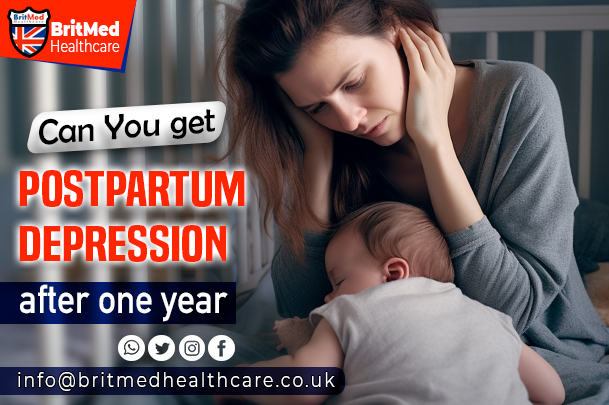Postpartum Depression: A Labyrinth of Emotional Complexity
While the dust of the arrival of a new bundle of joy settles, most expectant mothers believe that motherly instincts will kick in and little room, if any, will be left for emotional turmoil. But for some other women, the times ahead are concertedly shrouded in a veil of despair, anxiety, and fatigue. A condition, known as postpartum depression, may strike much later than the initial postpartum period, which leaves many women very lost and alone.
Whereas many people view PPD as a short-term condition that clears after some months, it has been proven that onset of postpartum depression can occur anytime in the first year postpartum. As a matter of fact, one of the articles in the Journal of Affective Disorders showed that 20% of women developed PPD symptoms beyond the initial six weeks following child delivery.
What is postpartum depression, and why does it continue beyond the early postpartum period?
Postpartum depression is a form of depression which occurs after childbirth and is marked by feelings of sadness, hopelessness, and anxiety. This is also often accompanied by physical symptoms of fatigue, changes in appetite, and sleep disturbances. The PPD can be a disabling condition that interferes with daily life, relationships, and overall well-being.
One of the major variables that perpetuate PPD even beyond the first six weeks of the postpartum period is social isolation. Indeed, many women with PPD are likely to be left alone away from close family and friends, struggling with the new role of motherhood and childcare burdens. Such a case may contribute to a decrease in the feelings of loneliness and despair, making it even harder for women to seek help or meet others who understand their struggles.
Apart from that, societal pressure to live up to molded maternal expectations also prevails. Individuals who do not fit into the mold of the “perfect” mother-always cheerful, energetic, and full of nurturing-may experience feelings of inadequacy and overwhelm. Hence, such pressure mounts to guilt, shame, and self-doubt, thereby leading to further snowballing into PPD.
Besides social support and societal expectations, the huge contribution comes from hormonal changes. A rapid drop in estrogen levels after delivery can be directly related to mood changes, irritability, and anxiety. Moreover, physical problems with the new child enhance such hormonal changes, which makes it even more difficult for women to cope with their emotions.
Importantly, postpartum depression should not be viewed as a form of weakness or failure. It is a credible mental illness that warrants empathy, assistance, and intervention. Health professionals should institute proper screening for PPD in the course of routine checks and make resources available to the concerned women.
Conclusion:
PPD may strike at any juncture in the first year postpartum and is a very complex, multi-infrastructural condition. We need to reframe PPD as a valid mental health disorder that warrants compassion, support, and treatment. This encourages emotional complexities of motherhood and affirms support for affected women with resources so as to make a world that is more supportive and inclusive for mothers.
References:
Postpartum depression – Symptoms and causes – Mayo Clinic
Postpartum depression | Office on Women’s Health (womenshealth.gov)
Websites:
Britmed Healthcare: https://britmedhealthcare.co.uk/
Nightingale Hospital: https://www.nightingalehospital.co.uk/
You can also book on Top Doctors UK Contact us on WhatsApp 08009708017
Top Doctors: https://www.topdoctors.co.uk/doctor/ahmed-el-missiry




